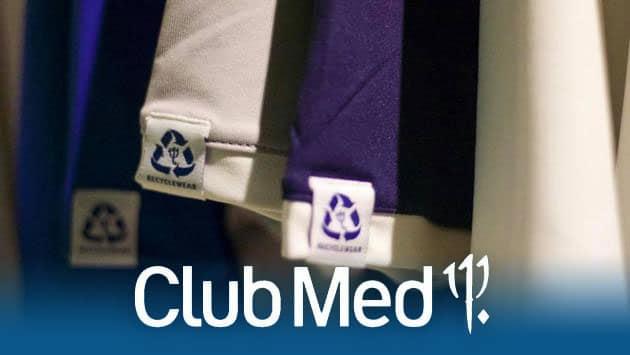As we approach the latter part of our careers and have experienced some financial and organizational success, our activities should expand to include mentoring and teaching our younger colleagues. I have been flattered and honored to be offered to teach a class in apparel manufacturing at Philadelphia University. Some of us remember this academic institution better as The Philadelphia College of Textiles and Science. I began to wonder what thoughts and ideas would be on the minds of undergraduates who would be expecting to enter the apparel industry today. What lessons could I teach them from my thirty-six years on the garment industry relating to the business in general and not just about the pure technical manufacturing part? How could I help these eager, creative young minds learn how to apply their efforts and education to realize their dreams and aspirations and reap appropriate rewards from a successful career in the apparel industry of tomorrow?
What would you like to tell these young ones? What’s the best way to take what we have learned in our careers and invest both in our futures and the future of others whom you may be mentoring in your own organizations? What stories can you tell? What pitfalls can you help them avoid? How can you make them more effective and efficient based on the hard knocks lessons you have learned?
In his book, Kegan discusses the concept of becoming ‘masters’ of our work rather than apprentices or imitators and it is more a claim on mind rather than a demand for the acquisition of a particular skill set or competency. He writes: “Up until recently the field of career development has been more focused on the career than the person having the career. We know we have become masters of our work when we have occasion to consider, often with a smile or twinge of apprehension, that if our mentor, supervisor or original boss were to see the way we just handled a given situation he or she would a) roll over in her grave, b) wonder if he created a monster or c) fail to recognize me now as the protégé she once knew. We have not forgotten our old associates but no longer pattern ourselves after them. We have become ‘masters’ when the pattern we are seeking to follow resides inside and not outside.”
It is possible that we may never, unfortunately arrive at this place but sometimes one can achieve mastery in his forties or after 50 without regard to his achieved rank or salary level. Our arrival is not a place on a temporary continuum guaranteed by the passage of time. You don’t achieve mastery simply by putting in time. Some people experience minimal growth because they may have one year of experience repeated thirty times. You know who they are and they are both boring and minimally contributing. “Rather, mastery is a place on an evolutionary continuum made possible by the emergence of a quantitative new order of consciousness,” writes Kegan.
Is mastery another way to express the concept of ‘self-actualization’ described by Abraham Maslow as the highest level in his hierarchy of human needs? Probably, but we can expand the concept further. Maslow defined this portion at the top level of the pyramid being close to a point at the top. But is there really a stopping point to becoming all we possibly can become or can we continue to grow as our careers, life and learning progress? Why not! Who’s to stop you?
As my career developed and morphed in new, previously unimaginably directions, I have had to make adjustments to changes in technology, international trade laws and practices, demands of the markets and gyrating profit margins. I grew to accept the concept that self-actualization can be both open-ended and continual limited only by the extent of my consciousness. No one can stop you unless you stop yourself. Let the younger generation see you implement this practice and you will have crowned your career mastery by unselfishly enhancing the career opportunity of others to know the joys of achievement of their own mastery.












